Superman was a hit at the box office, rightfully so, launching the first chapter of the DCU, titled Gods and Monsters. But, if co-CEOs James Gunn and Peter Safran want to build a new DC Universe with staying power, they don’t need to look to Marvel’s Infinity Saga for inspiration. They should turn back the clock to 1996, when Superman: The Animated Series quietly nailed a formula that still feels fresh almost 30 years later.
Coming off the heels of Batman: The Animated Series, Bruce Timm and Paul Dini faced a unique challenge: how do you make the “boy scout” interesting in a post–Tim Burton, grunge-inflected ‘90s? The answer was deceptively simple — they leaned into what made Superman, and Clark Kent, distinctly human while still letting him soar.
I recently rewatched the series from start to finish, and I was struck by how well it holds up in 2025. Not just as nostalgia, but as a roadmap for how the slate of upcoming DC Comics movies could set itself apart from the MCU. Here’s why.
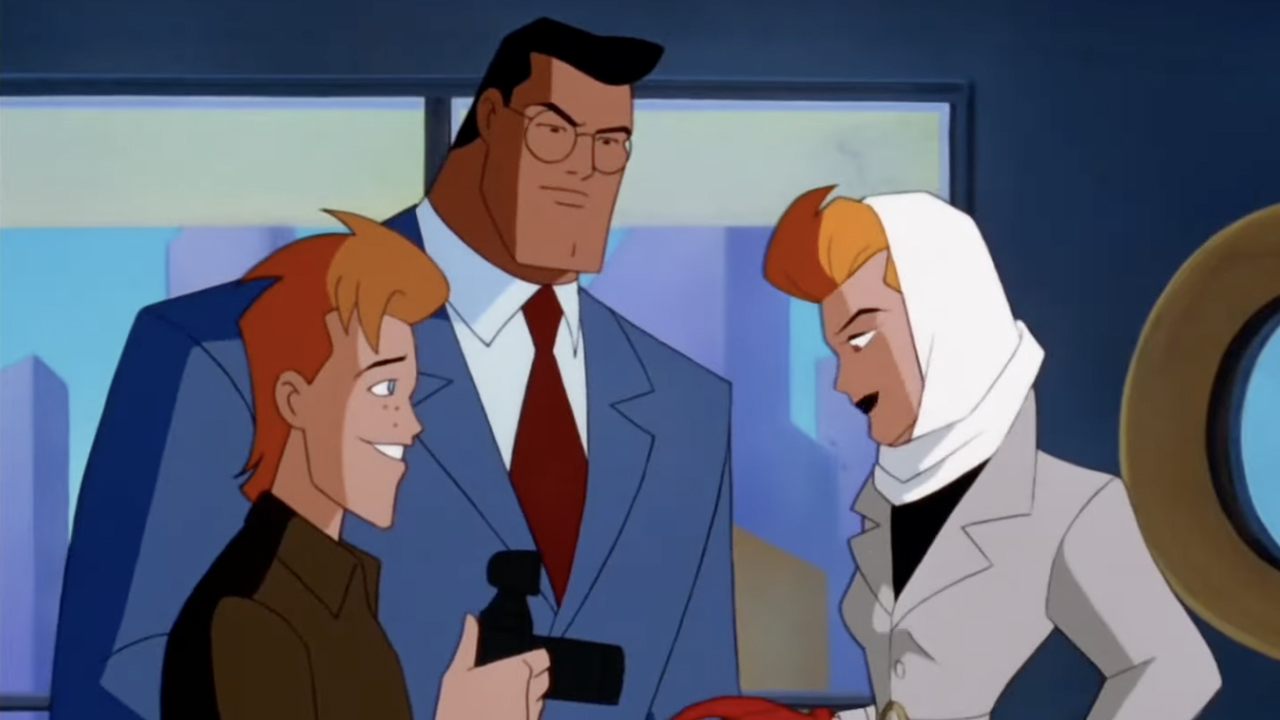
It Balanced Humanity And Heroism
What Superman: The Animated Series understood better than almost any adaptation since is that Clark Kent is the story, not just Superman.
Every time we see him struggle to pay rent, catch up on work at the Daily Planet, awkwardly flirt with Lois Lane, or wrestle with his Kansas upbringing, the stakes of his battles get higher. When he faces Darkseid or Metallo, it’s not just about fists and heat vision; it’s about protecting the life he’s built with Jimmy Olsen, Perry White, and the people of Metropolis.
That balance is something that Gunn’s 2025 movie schedule release, Superman, did a pretty good job of juggling, but it’s a vibe DCU could lean into to stand apart from Marvel’s quippy spectacle or the grim, joyless tone that weighed down parts of the Snyderverse. The filmmaker has shown with Guardians of the Galaxy that he understands how to mix cosmic scale with human heart. Superman: The Animated Series proved decades ago that this blend is the key to making audiences care about a character often dismissed as “too perfect.”
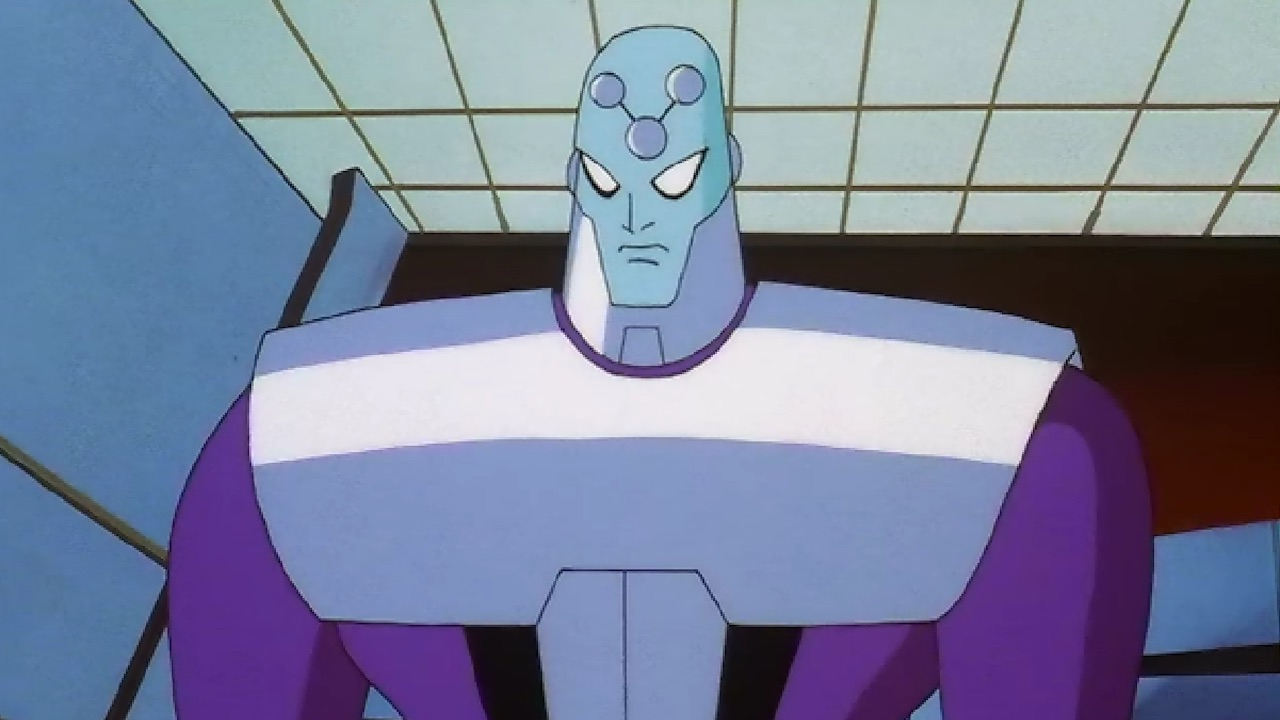
Superman: The Animated Series Embraced Serialized Storytelling
On the surface, the series worked as kid-friendly Saturday morning fare. You could pop into an episode like “The Last Son of Krypton” or “Fun and Games” and have a complete story. But beneath that accessibility, a long game was being played.
Darkseid’s shadow loomed over multiple seasons, Brainiac’s schemes resurfaced time and again, and Lex Luthor’s corporate empire never stopped pulling strings in the background. The series pioneered a structure that let casual viewers enjoy the ride while rewarding fans who picked up on the bigger picture.
Sound familiar? It’s exactly the balance James Gunn is chasing for Chapter One of the DCU. We’ve already seen seeds of it in play — like Lex Luthor’s surprise cameo in Peacemaker season 2, bridging the brighter Superman corner with the show’s darker, more grounded tone. Individual entries like Superman will need to stand tall on their own. Still, it’s the connective tissue, villains, mythology, and character arcs that will keep the larger DCU from feeling disjointed.
If the franchise takes a cue from the animated series, it can deliver stories that satisfy in the moment while quietly building a larger narrative in the background, rewarding audiences who stick around for the long game.
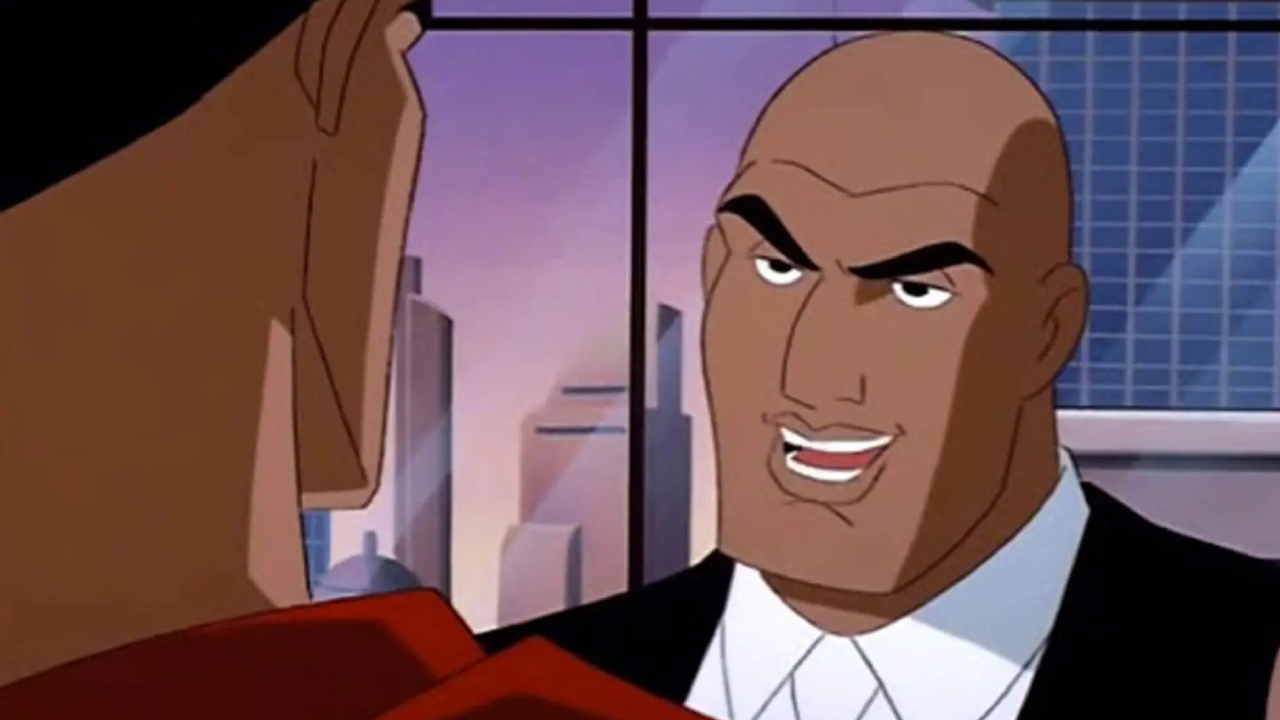
The Series Made Villains Complex And Fun
One of the smartest things the animated series did was avoid the trap of making Superman’s rogues gallery one-note.
Lex Luthor wasn’t just evil for evil’s sake, but was a stand-in for corporate America in a suit, the face of greed and unchecked power. Parasite was a tragic figure consumed by his own appetites. Livewire, snarky and campy as she was, tapped into real anxieties about celebrity culture and media spectacle. Even Metallo, half-man and half-machine, gave the series a chance to explore themes of humanity and identity.
None of the characters were drawn in broad brushstrokes. The show knew when to keep things light, letting Superman banter, villains chew the scenery, and kids laugh, before landing with unexpectedly layered storytelling.
That balance of fun and complexity is exactly what the DCU needs, and thankfully, it is the direction James Gunn is steering. Matt Reeves’ The Batman Part II can stay brooding and noir in its Elseworlds corner, while the mainline universe is already shaping up with nuanced villains. The upcoming sequel Man of Tomorrow is reportedly as much a Lex Luthor movie as it is a Superman one, with the pair having to work together against a bigger threat, and that’s a very exciting sign.
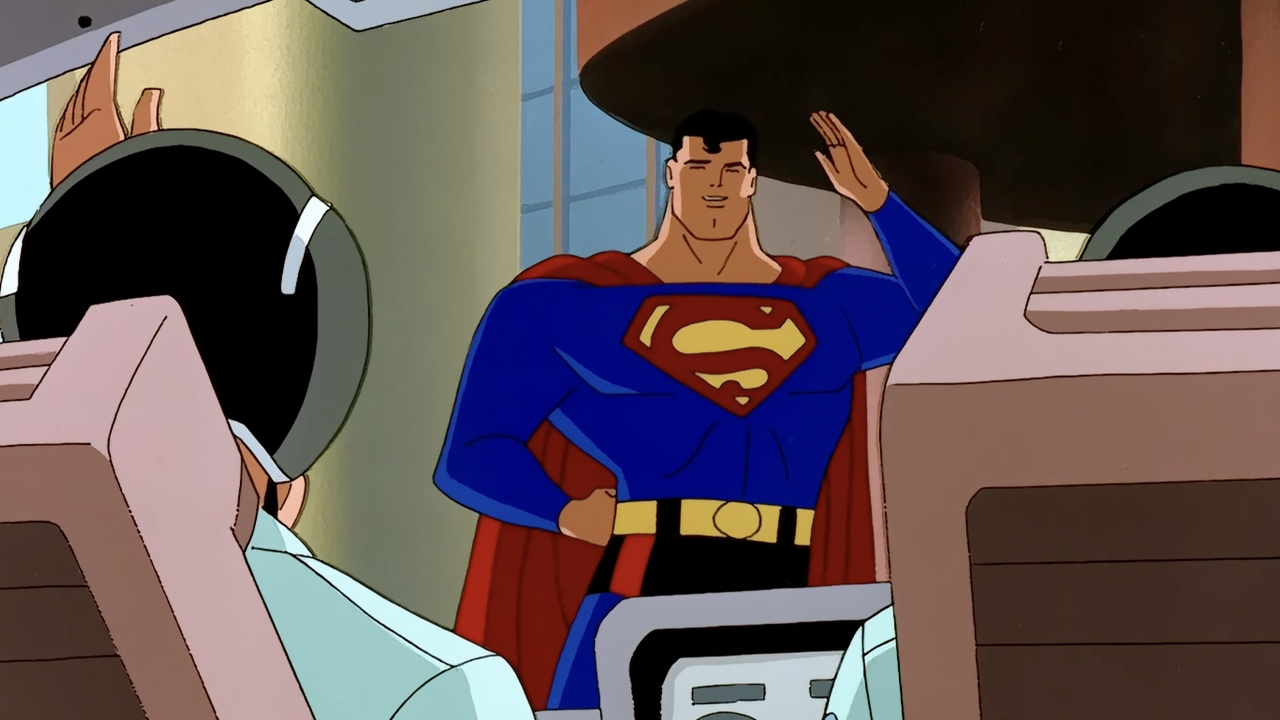
It Expanded The World Without Losing Superman
The danger with any shared universe is the urge to overload it with cameos — just look at how quickly the MCU leapt from Iron Man to The Avengers.
Superman: The Animated Series took a different approach. Yes, we met The Flash, Green Lantern, Aquaman, and even Batman. But they were always satellites orbiting Clark’s story, never the main event. Even the Batman crossovers never reduced Superman to a guest in his own show.
That’s a lesson the DCU should take to heart. You can tease the Justice League, hint at cosmic threats, and spotlight side characters without overshadowing your core hero. Last summer’s Superman pulled this off well because it felt expansive without becoming a backdoor pilot for ten other projects. Like the animated series, it kept Clark at the center while letting the world build naturally around him. That balance made it both cohesive and deeply personal, which is something the DC’s new era leader and future filmmakers would be wise not to lose sight of.
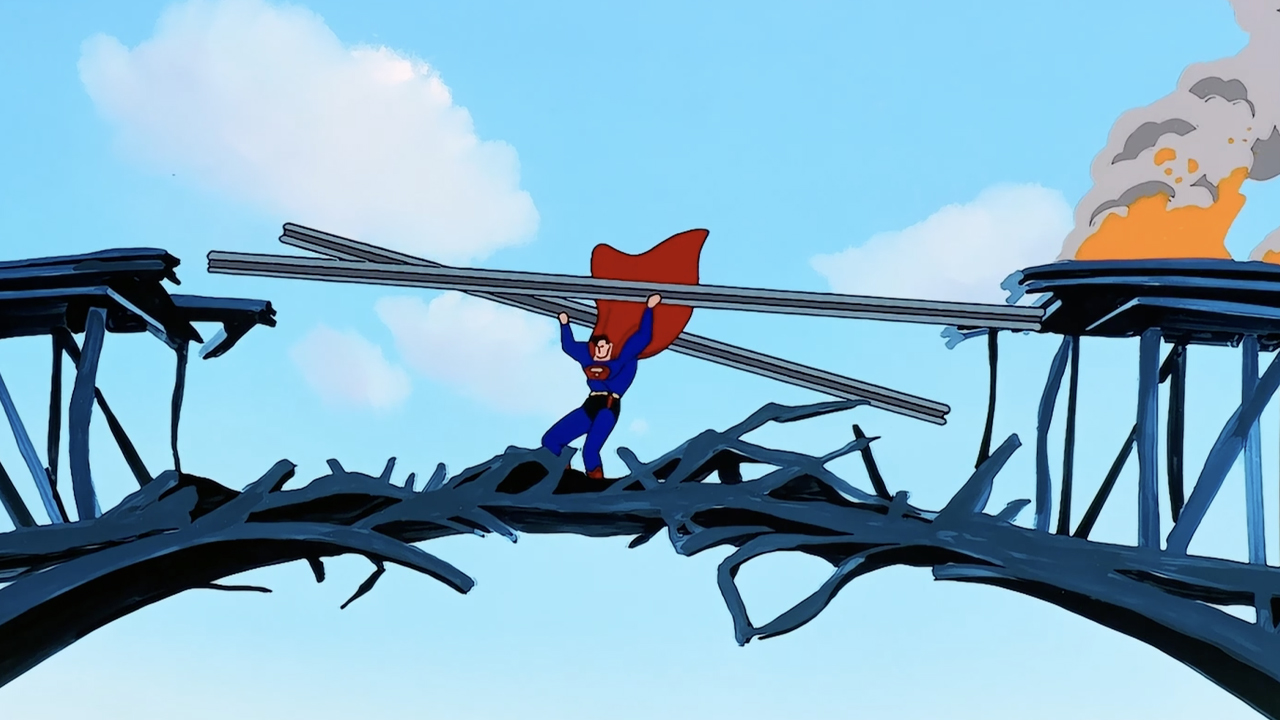
The Series Feels Timeless
Finally, let’s talk about style. The Bruce Timm art aesthetic, with its bold lines, art deco skylines, and futuristic yet retro vehicles, has aged like fine wine. Pair that with Shirley Walker’s sweeping score, and the series feels just as dynamic in 2025 as it did in the late ’90s.
That timelessness is exactly what The Suicide Squad filmmaker should be chasing. Instead of trying to keep up with spectacle or mimic whatever’s trendy in blockbuster filmmaking, the DCU should lean into clear, confident artistic vision. The animated series proved that when you commit to a specific tone and style, it resonates far longer than VFX gimmicks or pop-culture references.
Look at how the internet still shares screenshots of Clark’s fights with Darkseid or clips of Superman’s first flight. The show didn’t just tell a good story, but crafted moments that stuck in the cultural imagination. And that’s the difference between creating content and building a legacy.
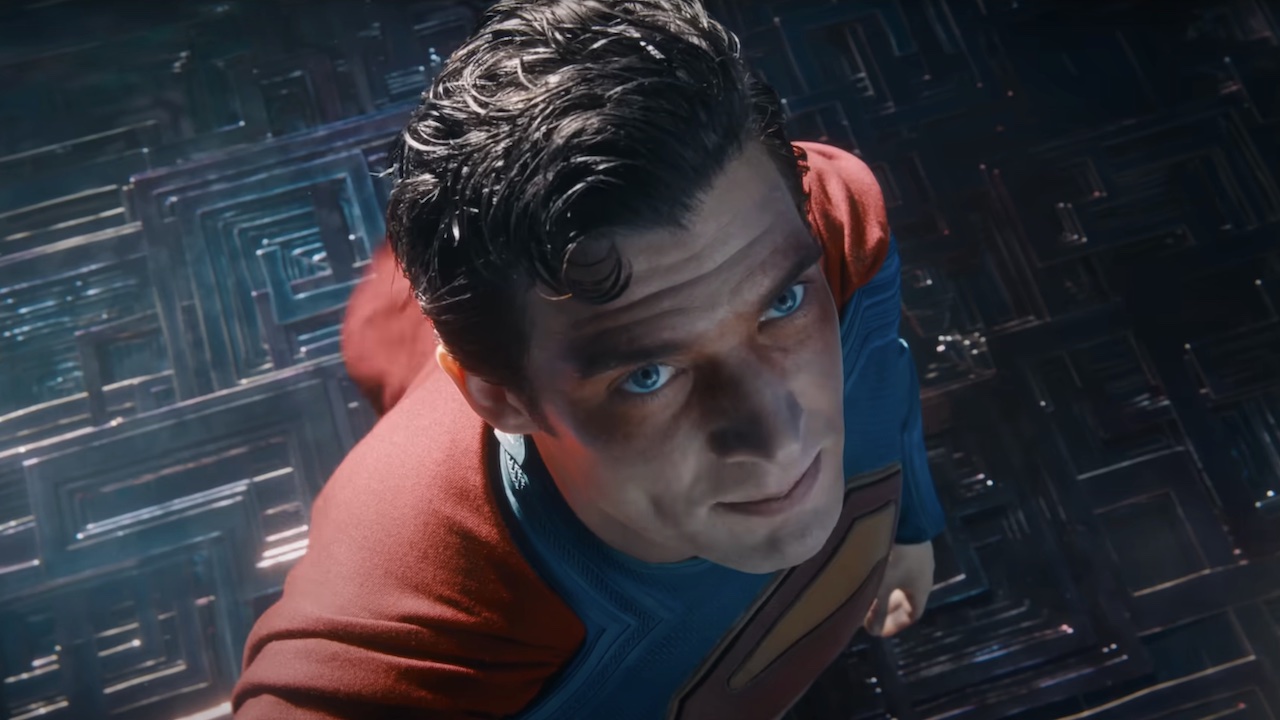
Why James Gunn Should Look To Superman: The Animated Series
Rewatching Superman: The Animated Series, which you can also do with an HBO Max subscription, in 2025 feels like stumbling onto the blueprint James Gunn has been hinting at all along. Humanity and heroism in balance. Serialized arcs that reward patience. Villains who are entertaining but still carry real thematic weight. A shared universe that expands outward without smothering its core hero. And a timeless visual style that never goes out of fashion.
It’s all right there. The DCU has plenty of ground to make up after years of misfires and false starts, but under the DC reboot helmer’s guidance, it finally feels like a cohesive vision is taking shape. The smartest move forward might actually be the simplest one: looking back at the animated series that nailed it decades ago.
Because if Superman: The Animated Series proved anything, it’s that the Man of Steel works best when his stories are both grounded and soaring. And right now, the DCU could use a little of both.
